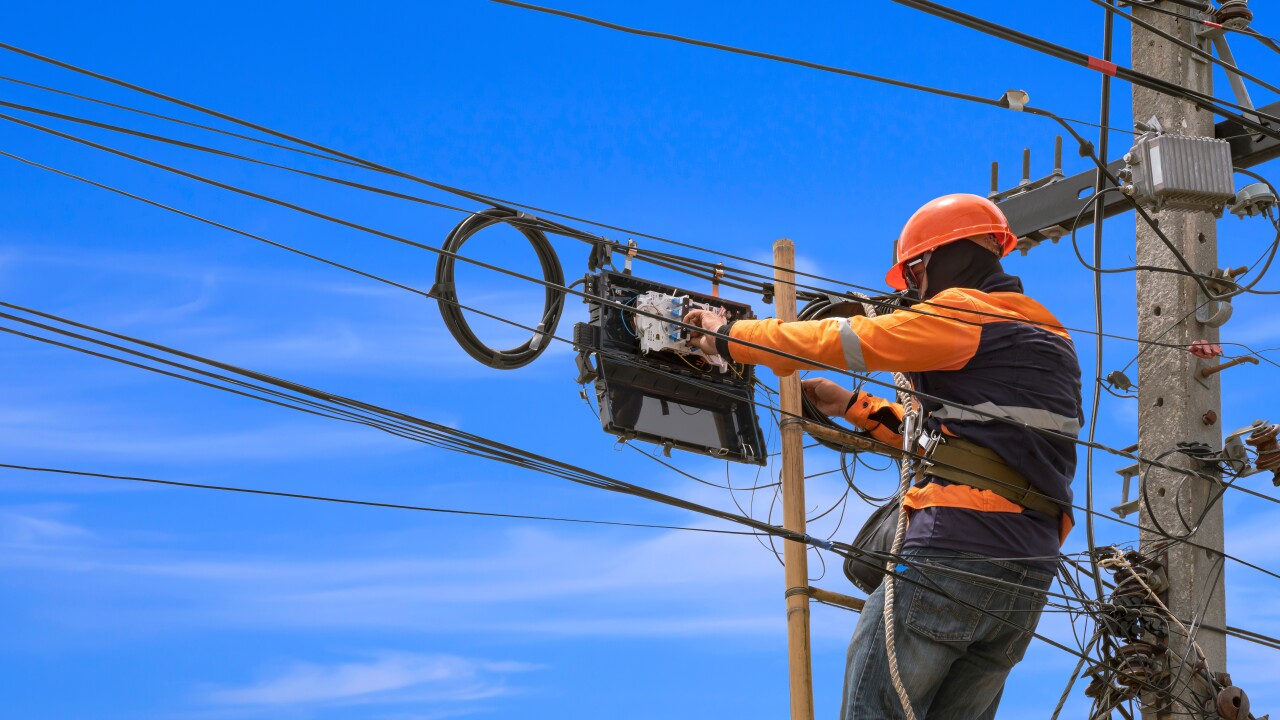Soon after Ginnie Mae acting President Maren Kasper
Accelerated prepayments tied to repeat refinancing of VA loans have had an adverse effect on Ginnie’s mortgage securities. This persists despite limits on how soon VA loans can be refinanced.
The agency found that the prepayment speeds were most prevalent in cash-out VA loans with high loan-to-value ratios.

“We wanted to know what's going on here systemically and how do we address that to protect the security?" Kasper said in a recent interview. "So what we decided to do is say, 'We’re going to need to continue to peel this onion back.' "
Ginnie has considered steps to mitigate the effects of repeated refinancing and still balance the different needs of issuers, investors, the VA and borrowers. In early May, the agency issued a request for input on a way forward, and it has started receiving public comments.
Below is a discussion with Kasper about the new proposals Ginnie is considering to address VA loan churning concerns. The responses are excerpted and edited for length.
Why is more action now necessary regarding VA loan prepayment speeds?
MAREN KASPER: Last year, from February through the summer, we were dealing with specific issuers and trying to address specific outliers in the program. Then we moved into a rising rate environment, and we still saw elevated prepayment speeds.
That was what really begged the question. We wanted to know what's going on here systemically and how do we address that to protect the security? So what we decided to do is say, we’re going to need to continue to peel this onion back.
What new observations came to light in doing this?
We evolved from looking at specific issuers that were outliers to various product types, and what the data has shown is that VA cash-outs, particularly ones with higher loan-to-value ratios, have the fastest prepayment speeds in the security relative to other VA loans, and relative to FHA borrowers.
How is Ginnie Mae’s request for public input different from the way the agency has operated in the past?
Now, we’re soliciting feedback on a potential policy. This is something that Ginnie Mae has never done before. We've never put out a request for input. Ginnie Mae has always just made policy. This time, we want to hear from all stakeholders. We want to hear from issuers. We want to hear from investors and anyone that has a view on this to make sure that we are striking the right balance.
What specifically is being recommended in the RFI?
The first proposal is a recommended cap that would restrict VA cash refis above 90%. That's still protecting the VA benefit in line with industry benchmarks. Historically, much of this type of policy is made in the loan program. We saw the VA put out a rule late last year, yet both the market and the lender community called for more clarity around that rule. So long as this continues to impact the Ginnie Mae security, we've got an obligation to continue to evaluate policy options. If the VA were to implement new policy, we would adjust ours if it were duplicative or if it were to become unnecessary.
The second proposal is that we are asking issuers if they would prefer to deliver these loans into custom pools.
Given that these loans are in the to-be-announced market, you don't necessarily know what you are going to get as an investor and therefore they price in the risk that such products will be delivered into pools on a monthly basis. This policy would allow us to isolate the product type. Initial estimates show that by removing this product type, investors could get back roughly 10 ticks in 4% and 4.5% pools. That translates to 5 basis points in rate for any given borrower in the program. In our view, that's meaningful.
Our custom pools today are single-issuer pools. The other alternative would be kind of a new type of custom pool with multiple issuers. We can do both, but we are looking at what the investor preference or the issuer preference is.
We're not saying we won't guarantee these loans. We will absolutely guarantee them. It would just be a different delivery.
What have the responses been like?
We do have some initial reactions to the RFI, and they generally are very supportive. It is designed to strike the balance of continuing to ensure that this product is available for veterans, but it does so in a way that an investor will pay what they think that product is worth. That should eliminate the cross-subsidization of this specific product type by all the other borrowers that are in the Ginnie Mae program.
While it seems as though we have general support for this policy, if we were to get very contrary feedback such as investors saying they're indifferent, and issuers saying, we think this is really bad policy, there's always the option to do nothing.
But to us, we need some level of policy in this space, because the better and the healthier our security is, the lower rates are for all the borrowers in our program, and that's really essential to us delivering on our mission.




